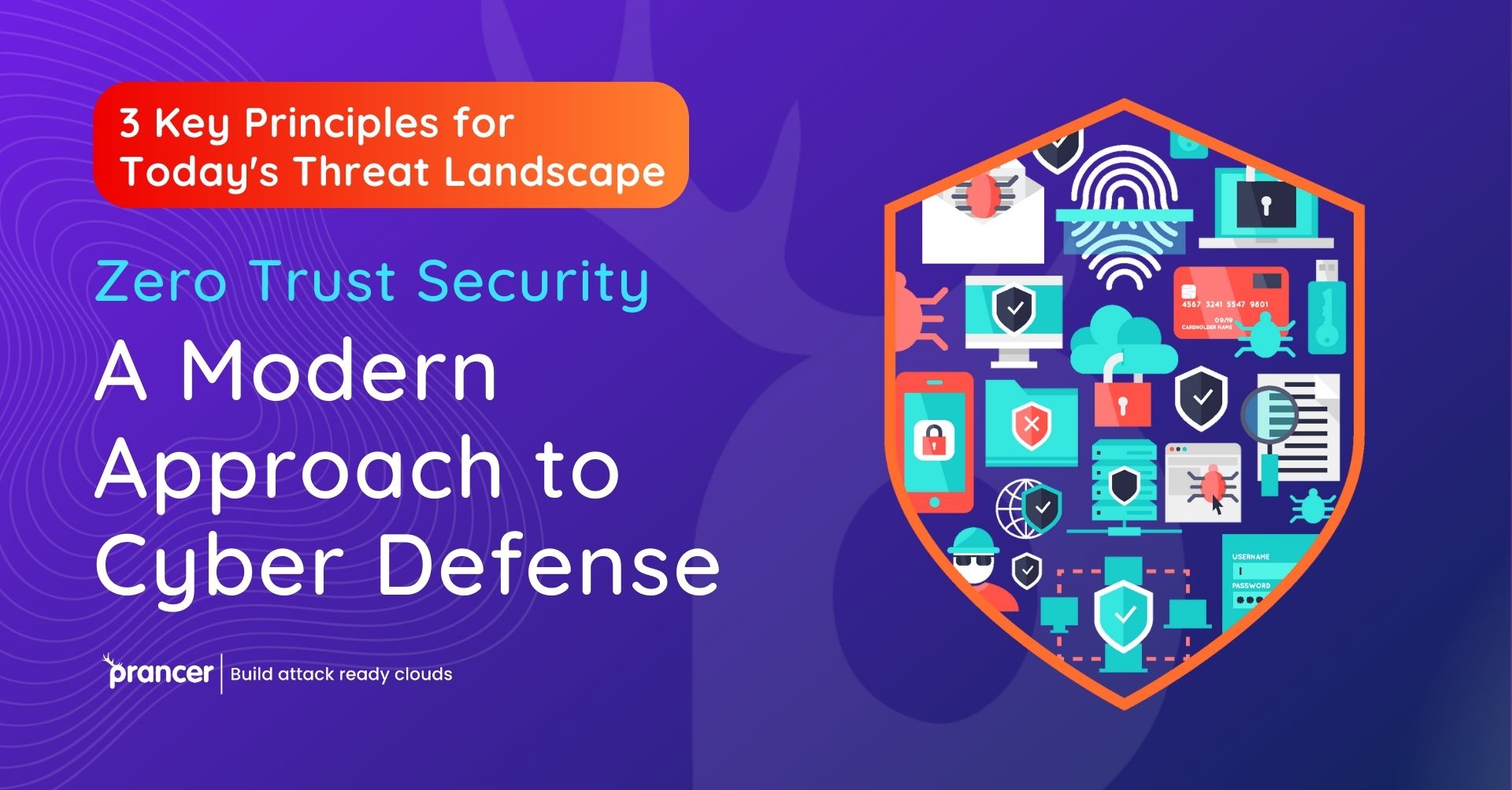

As cyber attacks become ever more sophisticated, Zero Trust Security represents a shining light in moderncyber defense. An approach starting with this belief that trust is a weakness, which inverts the traditional perimeter-based security model. In the world of a zero trust security strategy, Automated Penetration Testing becomes an indispensable weapon in this ongoing battle against both internal and external threats. In beginning this journey, we will see how Zero Trust Security (as practiced by Prancer) is revolutionizing the landscape of cybersecurity to tackle today’s myriad threats.
The adoption of Zero Trust Security is a ground-breaking development in cybersecurity strategy. In an environment where intrusions can come from anywhere, this model that verifies every attempt to connect to systems regardless of location is crucial. In pursuing its own Zero Trust Security, Prancer brings to bear a deep understanding of contemporary cyber threats in order to provide rock-solid security solutions that are strong and agile.
Prancer has become one of the major advocates for Zero Trust Security. This method includes not only the strict application of its precepts, but also Automated Penetration Testing which allows for ongoing review and improvement on their network defenses. This is how Prancer helps their clients maintain an active, agile security stance against the ever-complex and changing cyber threats of modern times.
Automated Penetration Testing is also of key value in the Zero Trust Security model. It provides ongoing proof that security measures are working against the most advanced dangers. Automated Penetration Testing At Prancer, Zero Trust is a strategy for Bring Your Own Security (B.Y.O.S.), in which people have controls that they bring with them and the company provides tools to manage these security practices across sites on its own account; By running penetration tests against all assets at an organization’s network perimeter via automated means each day of operation
Conclusion:
Zero Trust is not just a concept; it’s an imperative strategy in today’s threat-filled, multifaceted cyberspace. And this style of strong verification and low trust is precisely what current cybersecurity needs. We’ve seen through this blog how Prancer employs Zero Trust Security, incorporating Automated Penetration Testing to create a strong defensive force that can compete with the ever-changing threats of modern times.
